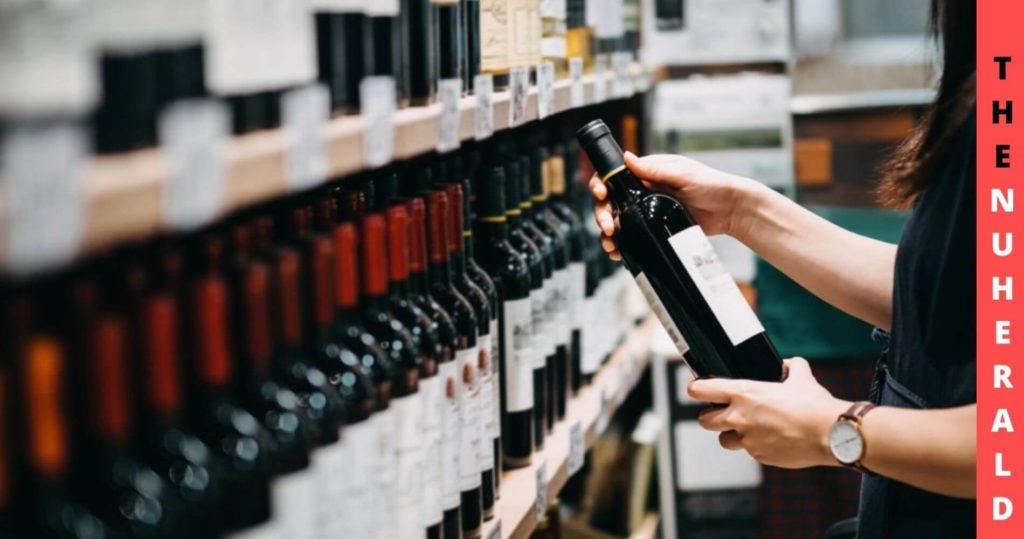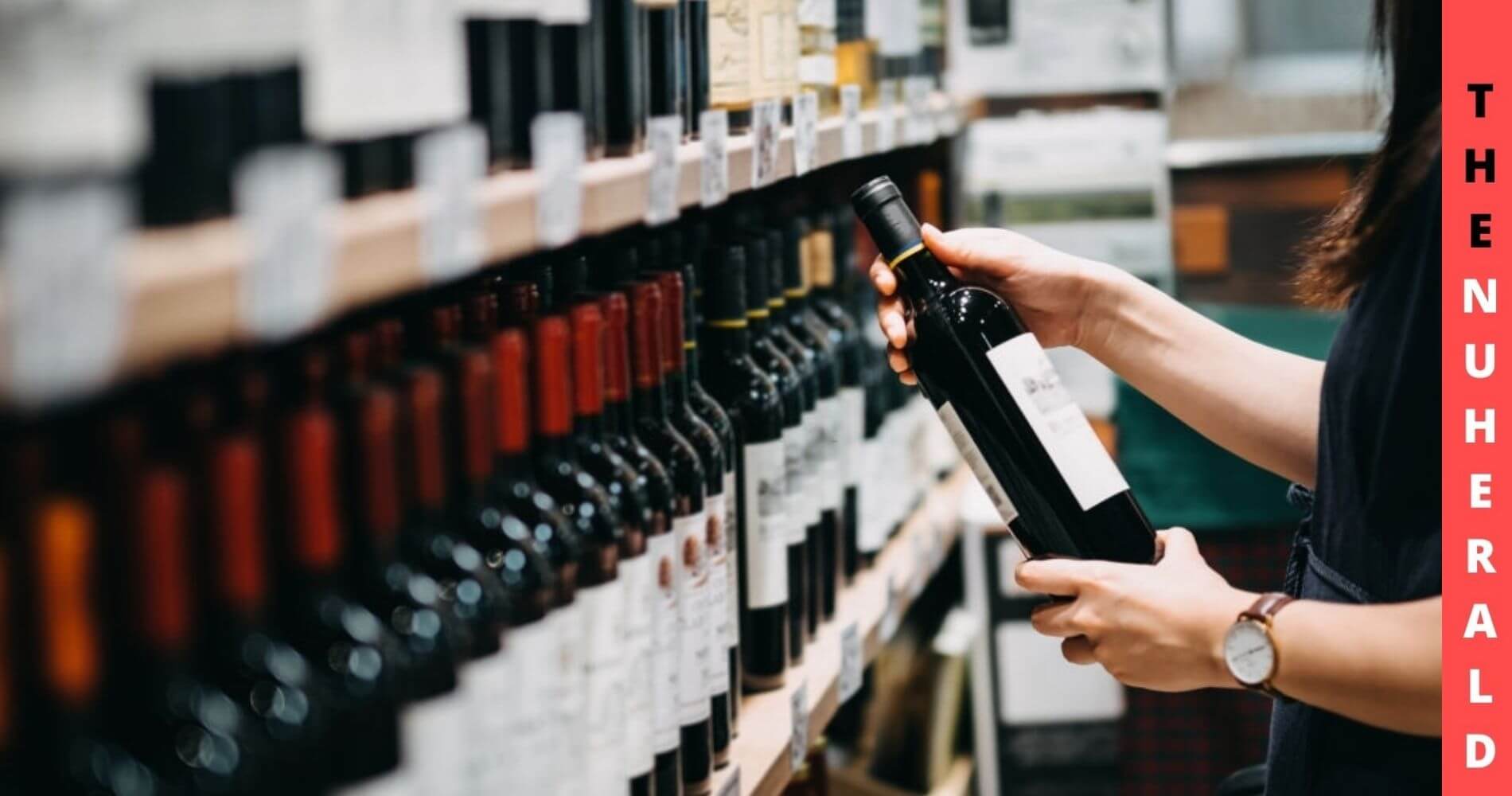SARS-CoV-2, the virus responsible for Coronavirus disease, is contagious. Those who contract the virus will typically suffer mild to moderate respiratory illnesses that will go away on their own.
Unfortunately, some will suffer severe illnesses and need medical attention. More severe diseases typically occur in older people and people with underlying medical conditions like heart disease, diabetes, chronic obstructive pulmonary disease, or cancer. COVID-19 can affect anyone at any age and cause serious illness or death.
Were States Affected By Lower Alcohol Sales During The Pandemic?
The COVID-19 pandemic was marked by an increase in wine and spirit sales and a change in the relationship between alcohol sales and visits to places that sell alcohol in the first few months of the pandemic, according to a study of 16 states.

These findings were published on Dec. 15 in the open-access journal PLOS ONE by UUB researchers Yingjie Hu, Brian M. Quigley, and Dane Taylor. States report different trends.
Anecdotal evidence suggests an increase in alcohol sales after U.S. states implemented stay-at-home orders and other restrictions in March 2020 to combat the spread of COVID-19. Although data-driven investigations have produced mixed results, it seems that alcohol sales and consumption have indeed increased.
Hu, Ph.D., an assistant professor of geography at the University at Buffalo College of Arts and Sciences, says anonymized human mobility data combined with geospatial analysis allows researchers to examine how people’s visiting behavior to alcohol outlets changed during COVID-19.
Hu and colleagues compared data from 16 states for March to June 2020 and that for March to June 2018 and 2019 to clarify the potential impact of COVID-19 lockdowns and other social distancing measures on alcohol sales dynamics.
Quigley, Ph.D., research assistant professor of medicine at the Jacobs School of Medicine and Biomedical Sciences at U.B. and the Clinical and Research Institute on Addictions at U.B., says observing how events like COVID change alcohol purchase behavior is relevant because heavy alcohol use has been associated with numerous social problems, especially at home.
Our study used machine-learning methods based on monthly alcohol sales data from the National Institute on Alcohol Abuse and Alcoholism, as well as anonymized mobile location data from 45 million smartphones that tracked visits to alcohol-selling businesses.
Spirits and wine sales increased by 40 percent or more in some states during the early months of the pandemic, while beer sales declined compared to the same timeframe last year. Furthermore, bar visits are declining while liquor store visits are increasing.
States showed significant differences in dynamics. Compared with the same period in the previous year, beer sales decreased in most states between March and June 2020, except for Kansas and Arkansas. In addition, Texas, Kentucky, and Virginia all reported sustained increases in spirits and wine sales, indicating the prevalence of an alcohol-related problem.
Using data can provide information about geographic areas in which alcohol use increases, say Quickley, thus helping law enforcement, medical professionals, and substance abuse treatment providers prepare for alcohol-related issues.
According to machine-learning analyses, the relationship between alcohol sales data and visits to alcohol outlets has changed. In some states, alcohol purchases online or panic purchases of spirits and wine may have increased, but further research is required to determine how their behavior changed.
Several limitations were noted in the study, such as that not all states were included in the NIAAA dataset and that the human mobility data could not capture alcohol sales at supermarkets, where they are mixed with other items. Despite this, the researchers conclude that these results can provide insight into alcohol-related social issues and may help guide future public health initiatives.
